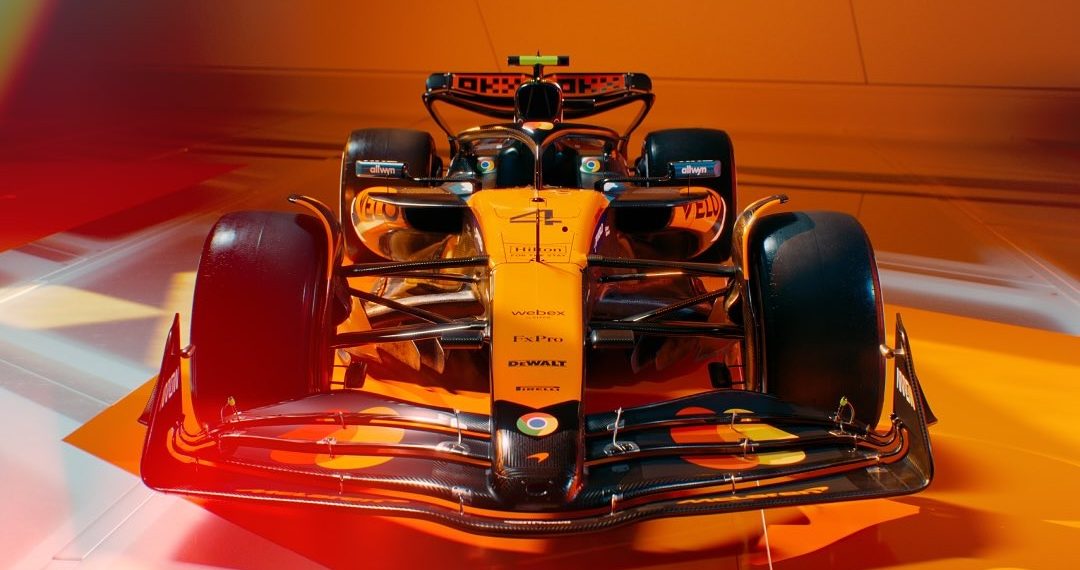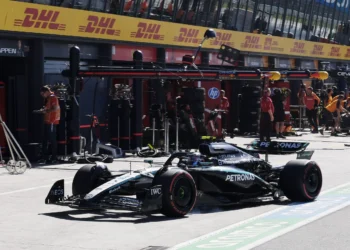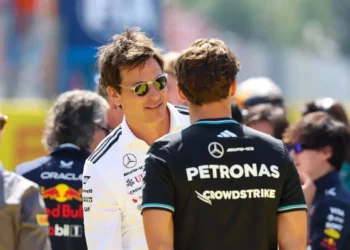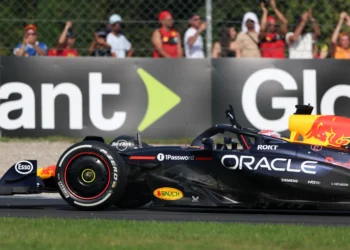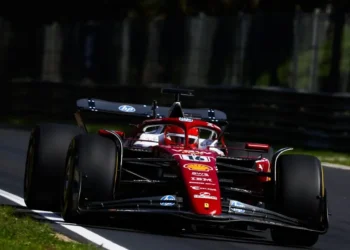As the Formula 1 season gears up, teams are navigating a challenging terrain of two distinct design paths. The quandary arises from the FIA’s decision to clamp down on aero elasticity from the Spanish Grand Prix in June, reducing the tolerance for moveable front wings by approximately one-third. Consequently, teams must dedicate resources to develop distinct concepts for the pre- and post-race-nine environments, a move that Red Bull team boss Christian Horner warns will inevitably drive costs up.
The question on everyone’s lips is which teams will suffer most from these stringent measures, with some having been more successful at utilizing this area than others. Intriguingly, McLaren, a team that mastered this sphere last year, positively anticipates the change. Team principal Andrea Stella expressed no concern about the potential loss of tenths of a second, declaring that the required adjustments at the start of the season would be minor.
This comes as a surprise as the flexi-wings were said to have helped teams like McLaren and Mercedes neutralize Red Bull’s advantage with ground effect cars last year. According to Red Bull’s Technical Director Pierre Wache, these teams introduced front wing deflection to balance the car, placing them ahead of Red Bull. While Red Bull was able to rebalance the car by other means, other teams leaned on front wing deflection to achieve a different aero balance.
However, McLaren’s confidence could be attributed to significant changes in its new MCL39 suspension. A close analysis reveals alterations to its front and rear geometry that could provide a more stable aero platform. This suggests a strategic shift towards using suspension to achieve the aero balance benefits previously gained from flexi wings.
It’s worth noting that an F1 driver doesn’t just drive to the total downforce, but also to the balance. This balance becomes a major design requirement with ground-effect cars, which generate approximately 75% of their downforce from the underfloor, as any shift in this balance could undermine the driver’s confidence.
To maintain the Centre of Pressure (CofP) consistency, teams have manipulated the anti-dive and anti-lift on the longitudinal suspension geometry. This has proven especially crucial during extreme stopping moments when the weight transfer could be as much as 300kg from the rear tire contact patch onto the front. In such scenarios, supporting the front of the car with anti-dive and reducing the rear’s height with anti-lift can move the CofP rearward, significantly reducing the weight transfer load change.
Previously, teams have managed this CofP with flexi wings, which allow them to place the CofP towards the front at low speeds and move it back at high speeds, reducing low-speed understeer and high-speed oversteer. With the new restrictions on flexi wings, it becomes apparent that anti-dive and anti-lift suspension will serve as a valuable alternative in achieving the desired balance.
As the F1 season unfolds, it will be fascinating to see how teams maneuver these changes and utilize the aero balance to their advantage.

